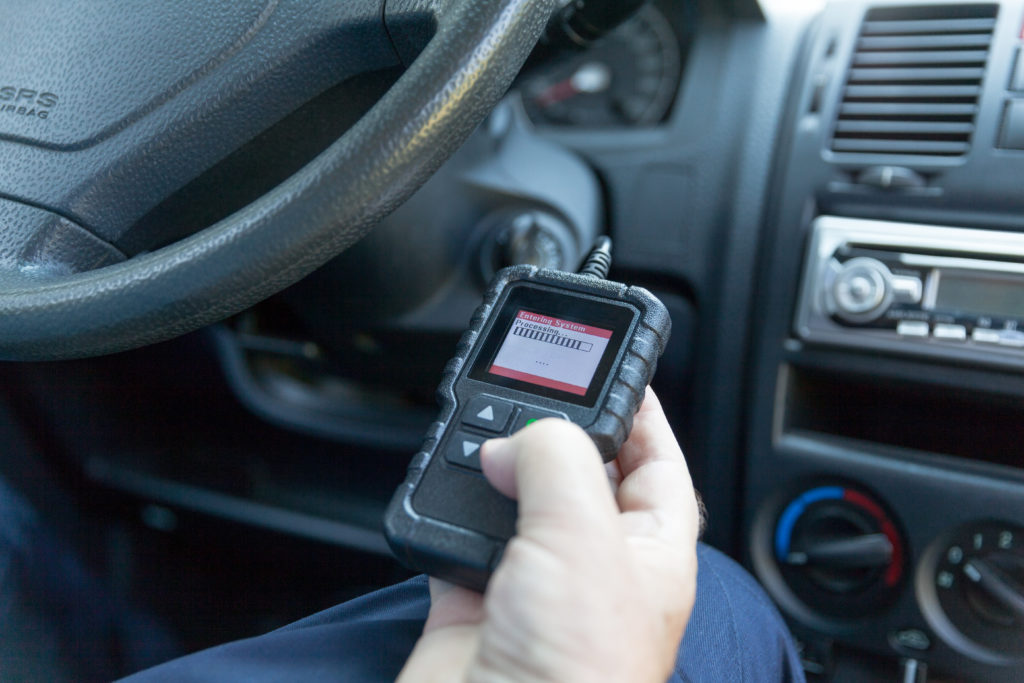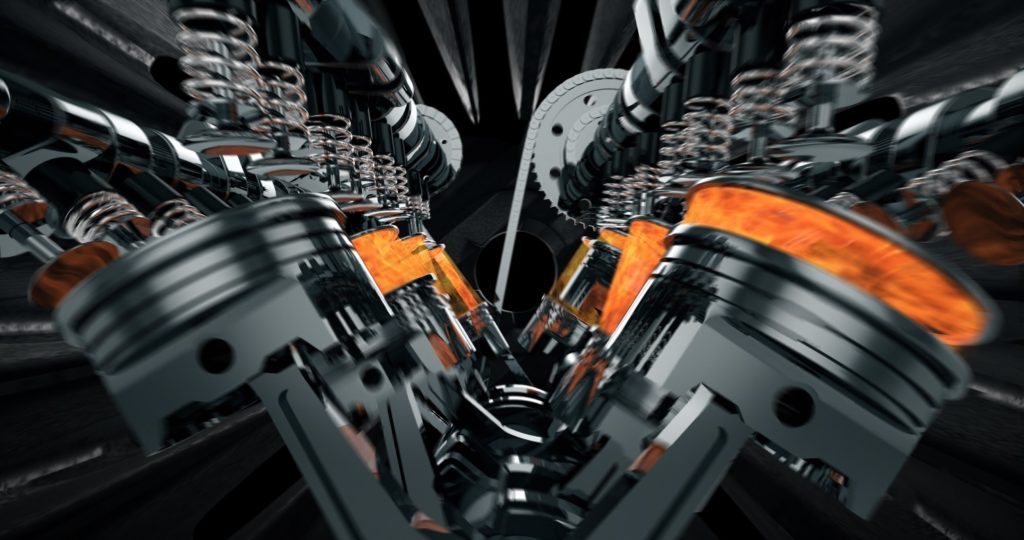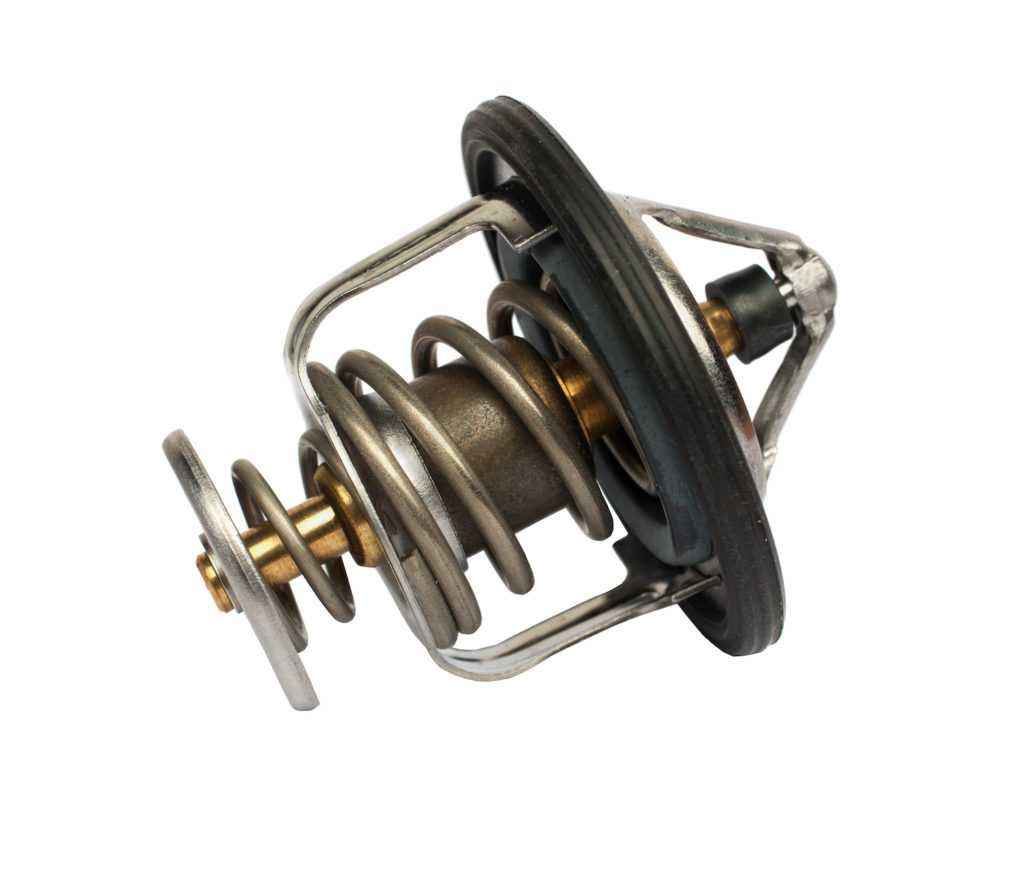Almost every driver has experienced the dreaded check engine light at some point. Whenever the light turns on, the engine computer stores a corresponding diagnostic trouble code (DTC) in its memory at the same time.
There are countless generic and manufacturer-specific DTCs found across various makes and models. Of those codes, some are more common than others, primarily because they’re supported by a wide array of vehicles and represent common system failures.
In particular, there are several DTCs that tend to pop up more often than others. Even though these codes are widespread, they can often be challenging to diagnose and repair, which is why many DIYers (and some professionals) lean on “silver bullet” fixes in an attempt to solve such problems.
But do these popular repairs actually fix the code most of the time? Answering that question will help prevent you from wasting time and money.
The Most Common Diagnostic Trouble Codes (DTCs) and Related Repairs

When the check engine light turns on, you never know what code(s) you’re going to find inside the engine computer (often referred to as the powertrain control module or PCM). Even though there is essentially an endless number of possibilities, a handful of codes tend to pop up more often than others.
Here are the most common DTCs (according to Technicians Service Training), along with the most common related repairs (or attempted fixes):
1. P0420 Catalyst System Efficiency Below Threshold Bank 1
Any mechanic will tell you that P0420 is one of the most common (if not the most common) DTCs. The code has to do with the catalytic converter—an emissions control device that transforms harmful combustion by-products into CO2, water, and nitrogen. All modern cars have one or more catalytic converters located in the exhaust system.
The PCM uses oxygen (O2) sensors to monitor the catalytic converter’s efficiency. If the module determines the bank 1 catalytic converter isn’t cleaning up the exhaust gases as it should, the device turns on the check engine light and stores P0420 in its memory.
There is also a related code, P0430, which stands for Catalyst System Efficiency Below Threshold Bank 2. The code sets when the PCM detects a problem with the bank 2 catalytic converter. Bank 1 refers to the side of the engine that houses the number one cylinder. The opposite side of the engine is bank 2.
Most Common Repair (or Attempted Fix): Replace the Catalytic Converter
Since code P0420 stands for “Catalyst Efficiency Below Threshold”, replacing the converter must always be the fix, right? Think again—while a faulty converter is one potential cause, there are many other possibilities, as well. Anything from an exhaust leak to a faulty O2 sensor can trigger code P0420.
Furthermore, most catalytic converters fail due to a problem upstream, such as an engine misfire. That means if you don’t fix the underlying problem, you’ll continue to experience repeat converter failures, accompanied by code P0420.
2. P0171 System Too Lean Bank 1
An engine needs three primary ingredients to run properly: adequate spark, good compression, and a precise air-fuel mixture. The PCM primarily monitors the air-fuel mixture via the O2 sensors in the exhaust system.
When the mixture gets too lean (too much air; not enough fuel) on bank 1, the PCM turns on the check engine light and sets code P0171. There is also a related code, P0174, which stands for System Too Lean Bank 2. That code sets when the PCM detects a lean condition on the bank 2 side of the engine.
Most Common Repair (or Attempted Fix): Replace an Oxygen (O2) Sensor
Dozens of different problems can potentially cause a lean running condition. Still, many DIYers and professionals often go right to installing an upstream O2 sensor when trying to repair code P0171.
But a faulty O2 sensor is just one of many problems that can trigger the code. Other potential causes include anything from a vacuum leak to a clogged fuel injector.
3. P0300 Random/Multiple Cylinder Misfire Detected (and Other Misfire Codes P0301-P0312)

A misfire is a problem that occurs when there’s incomplete (or zero) combustion inside one of the engine’s cylinders. The PCM continuously monitors the crankshaft position sensor (and sometimes the camshaft position sensor) for fluctuations in engine speed that could indicate a misfire.
If the PCM detects a misfire on random or multiple cylinders, it will store code P0300 in its memory. On the other hand, if the module detects a misfire on a certain cylinder, it will set a specific misfire code, with the last one or two digits of the code indicating the misfiring cylinder. For example, Code P0301 stands for Cylinder 1 Misfire Detected; code P0302 stands for Cylinder 2 Misfire Detected; etc.
Most Common Repair (or Attempted Fix): Replace the Spark Plugs
Decades ago, it was common practice to perform a “tune-up” whenever an engine began running rough. That tune-up typically involved tweaks, such as adjusting the carburetor, checking the points, and (of course) replacing the spark plugs.
To this day, replacing the spark plugs is often the go-to repair for a misfire-related problem, such as code P0300. But replacing the spark plugs rarely solves the code, especially since today’s engines have spark plugs often designed to last more than 100,000 miles.
It’s important to keep in mind that dozens of issues—including everything from a faulty sensor to an internal engine failure—can cause a misfire and trigger code P0300.
4. P0442 Evaporative Emission System Leak Detected (Small Leak)
The evaporative emissions (EVAP) system traps fuel vapors in a charcoal canister to prevent them from escaping into the atmosphere. When conditions are correct, a valve opens, allowing the vapors to be “purged” from the canister and drawn into the engine. The vapors are then burned during the normal combustion process.
Most vehicles built after 1996 (and all built after 1999) have what’s referred to as an “enhanced” EVAP system. With this design, the PCM performs a system self-test (when conditions are correct) to check for small and large leaks. If the module detects a small leak, it will often set code P0442 in its memory.
One related code, which is also very common, is P0455 Evaporative Emission System Leak Detected (large leak).
Most Common Repair (or Attempted Fix): Tighten or Replace the Gas Cap
Some websites (usually those that lack authority) will tell you to tighten the gas cap whenever the check engine light turns on. Although this advice is unsound for several reasons, it’s based on the fact that a loose gas cap can sometimes result in an EVAP system leak. An EVAP leak can cause code P0442 (or a related code) to set.
However, a loose gas cap isn’t the only reason you might find code P0442 stored in the PCM’s memory. Anything from a leaking EVAP hose to a faulty purge valve can create an EVAP system leak and trigger code P0442.
It’s also worth pointing out that the PCM only tests the EVAP system for leaks under certain conditions, some of which can be hard to meet. So, if you tighten the gas cap and clear the code but don’t fix the actual problem, it could be weeks or even months before the code resets.
5. P0128 Coolant Thermostat (Coolant Temperature Below Thermostat Regulating Temperature)

Your car has a thermostat that helps keep engine operating temperature within a certain range. When the engine is cool, the thermostat remains closed to prevent coolant from entering the radiator. But once the engine reaches a certain temperature (usually around 195-200 degrees Farenheight) the thermostat starts to open, allowing coolant to flow to the radiator to transfer heat from the engine to the atmosphere.
The PCM uses dedicated sensors to monitor engine coolant temperature and intake air temperature. If the module determines engine operating temperature is too low based on the data from those sensors, the device takes note and sets code P0128 in its memory.
Most Common Repair (or Attempted Fix): Replace the Thermostat
It’s true that replacing the thermostat often cures code P0128. There are, however, several other potential causes for the code, such as a low coolant level, air trapped in the cooling system, and a faulty coolant temperature sensor.
6. P0172 System Too Rich Bank 1
Code P0172 is similar to code P0171 in that it deals with the engine’s air-fuel mixture. The difference is that code P0172 indicates that the PCM has detected a mixture that’s skewed rich (too much fuel; not enough air).
There is a related code, P0175, which stands for System Too Rich Bank 2. That code sets when the PCM detects a rich condition on the bank 2 side of the engine.
Most Common Repair (or Attempted Fix): Clean or Replace the Mass Airflow Sensor (MAF)
Many vehicles use a mass airflow sensor (MAF) to measure the air being drawn into the engine. The PCM then uses that information when calculating how much fuel the engine needs.
While it’s true that a faulty MAF sensor can trigger code P0172, there are also many other possibilities, some of which might be more common. A few examples include a leaking fuel injector, a restricted air intake, or a faulty fuel pressure regulator.
7. P0401 Exhaust Gas Recirculation “A” Flow Insufficient Detected

The exhaust gas recirculation (EGR) system uses a valve to reintroduce metered amounts of exhaust gases into the engine. Because the gases are already burnt, they’re inert and dilute the air-fuel mixture, creating a cooling effect. The resulting reduction in combustion temperatures helps control the production of oxides of nitrogen, which can be harmful to the environment.
As you might guess, the PCM monitors the operation of the EGR system. If the module detects insufficient EGR flow, the device turns on the check engine light and stores code P0401 in its memory.
Most Common Repair (or Attempted Fix): Replace the Exhaust Gas Recirculation Valve
Because the EGR valve is the heart of the EGR system, many people jump right to valve replacement when code P0401 pops up. While a replacement valve will sometimes fix the problem, the most common cause of the code is clogged passages in the EGR system.
A few other potential causes include a failed sensor (differential pressure sensor, manifold absolute pressure sensor, etc.), inadequate vacuum supply to the EGR valve, and PCM software in need of an update.
How Do You Fix the Most Common Diagnostic Trouble Codes?
Because DTCs don’t tell you exactly what’s wrong with a vehicle, you could waste a lot of time and money installing “best guess” parts in an attempt to fix the problem. A thorough diagnosis of the vehicle should be performed—either by you (if you have the know-how) or your mechanic—to avoid replacing unnecessary parts.
What’s more, because the definition and troubleshooting process for a given DTC can vary by vehicle, it’s important to consult a repair manual or repair database for the correct diagnostic information.
There’s no “silver bullet” fix for the top DTCs or any other trouble codes, for that matter. Modern cars are far more complex than many people realize—and that’s something to remember the next time your vehicle’s check engine light illuminates.
Any information provided on this Website is for informational purposes only and is not intended to replace consultation with a professional mechanic. The accuracy and timeliness of the information may change from the time of publication.





























